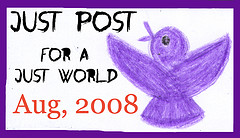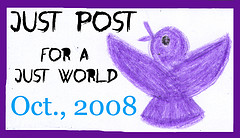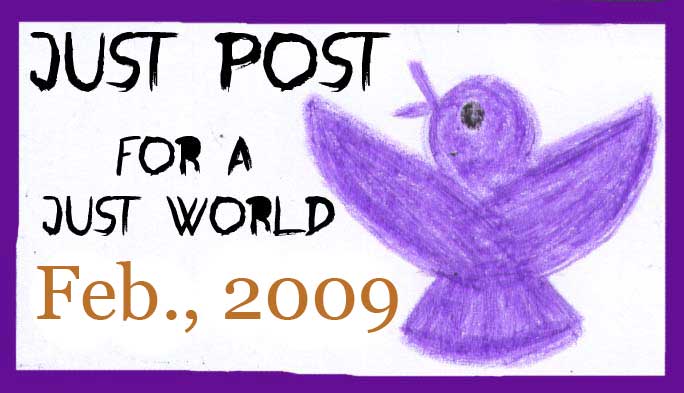On Friday, Muhammad Yunus won the Nobel Prize for starting Grameen Bank in the 1970s. There has been much press about the wonders of microlending since the announcement. It’s driving me crazy. I wanted to set a few things straight.
– Microlending does not alleviate poverty.
– Microlending does not improve the socio-economic status of its borrowers.
– Microlending does not “empower” women.
– Microlending does not cater to the poorest of the poor.
– Microlending reinforces traditional gender roles.
– Microlending keeps women out of higher paying wage labor jobs.
All of these things are well established: they’ve been studied, analyzed, dissected… and solidly ignored. Take a closer look at those Nobel Prize articles… what do they say about the successes of Grameen Bank and microcredit? Do folks love microcredit because they (think) it is helpful to poor women…or because the return rate on loans is nearly 100%? …Or because it puts the responsibilities of poverty alleviation on the shoulders of the poor?
Some truths. For a Bangladeshi woman to qualify for a Grameen Bank loan, she has to own her home. (Is that a program really focused on improving the lives of the poorest of the poor?) Over half of the women who have participated in Grameen Bank loans since it’s inception use whatever money they make to pay for food. Not for business growth, enterpreunership, or improvements in quality of life, simply to help their families eat. As for “empowerment”, studies have shown that women who actually manage their own loans are the exception not the rule (most are actually run by men), and that women who receive microcredit are at heightened risk of domestic violence.
Now I’m not saying that microcredit is all bad. It is not. Take, for example, SEWA, the women’s collective in India. Microlending is just one of their programs. However, combined with Grameen-style loans, SEWA has a variety of other activities which include political activism, social awareness, and job training. As an option available to women when her basic needs are addressed, microcredit has a chance of making an improvement. Otherwise, it is just one more loan a woman seeks to help her family’s survival.
Finally, I am bothered by the microcredit movement because it ties in so nicely with the U.S. obsession of numbing oneself to the realities of poverty. If you take the press at face value, you may actually believe that microcredit can cure the world’s ills… or, more aptly put, that the poor can solve their own problems. This is a dangerous and erroneous assumption. Dealing with poverty effectively means recognizing the contributions of globalization. Tiny loans to the world’s poor does not bridge the gap of the global apartheid which separates those of us who go to bed without fear and hunger from the billions of those who do.















Cold Spaghetti » Blog Archive » Day (After) | 16-Oct-08 at 12:11 pm | Permalink
[…] a hand-full of countries and a ton of work so that I could understand it better. Here are two posts I’ve written in the past about poverty. Global poverty — the fact that 1 in every 6 […]